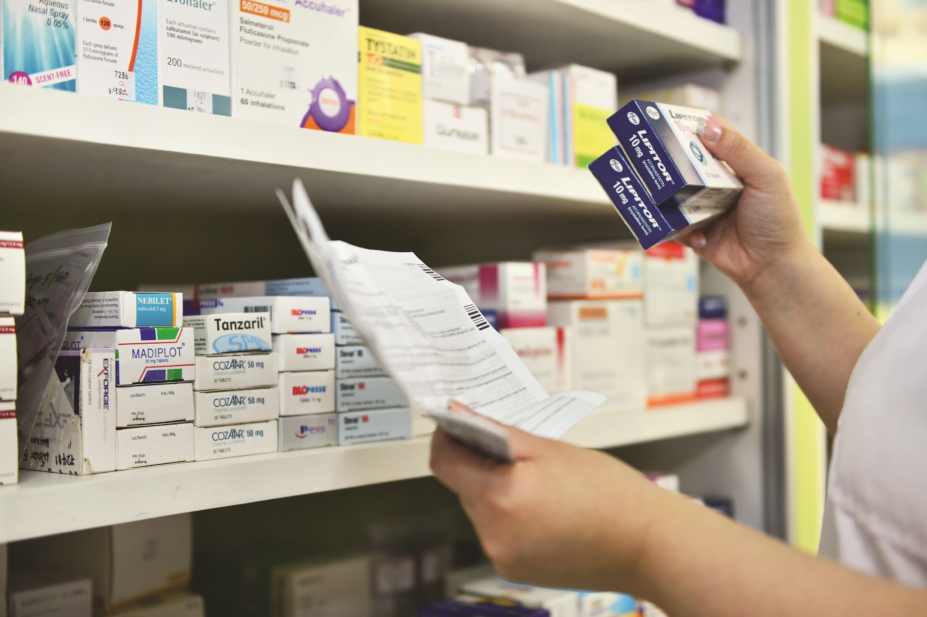
Shutterstock.com
A pharmacist-led medication safety intervention can reduce rates of potentially hazardous prescribing in primary care by more than 40% in a year, a report in PLOS Medicine has suggested.
Researchers evaluated the impact of a safety medication dashboard (SMASH) in primary care during a phased rollout across 43 GP surgeries in Salford, Greater Manchester.
SMASH builds on the principles of the ‘Pharmacist-led Information Technology Intervention for Medication Errors’ — or PINCER — intervention, which was commissioned by NHS England and introduced nationally in 2018. SMASH uses 12 PINCER prescribing safety indicators and incorporates them into a real-time surveillance system that GP pharmacists can use to monitor any potential hazardous prescribing.
The intervention had three components. First, pharmacists in general practice were trained to deliver the intervention and apply root cause analysis techniques to identify, explore, resolve and prevent medication errors in partnership with general practice staff.
Then the pharmacists and practice staff were given access to a web-based, interactive dashboard that provided feedback on potentially hazardous prescribing.
Finally, the pharmacists reviewed individual patients whose records triggered the indicators, and started remedial actions or advised GPs on action plans; for example, discontinuing the medication.
The evaluation showed that after 24 weeks of SMASH, the prevalence of potentially hazardous prescribing had reduced by 27.9% (95% confidence interval [CI] 20.3% to 36.8%, P<0.001), and at 12 months it had reduced by 40.7% (95% CI 29.1% to 54.2%, P<0.001).
The researchers also observed a 22.0% (95% CI 0.2% to 50.7%, P=0.046) reduction in inadequate blood-test monitoring at 24 weeks, but the change at 12 months was no longer significant.
The largest reductions in hazardous prescribing were observed in patients receiving warfarin or newer oral anticoagulants in combination with an antiplatelet drug without gastroprotective drug co-prescription; patients receiving aspirin with another antiplatelet drug; and patients with a history of peptic ulceration receiving antiplatelet drugs.
“[SMASH] is designed to improve patient safety in general practice by reducing potential problems made when prescribing medication and [from] inadequate blood-test monitoring,” explained Darren Ashcroft, research lead for the medication safety team at the Greater Manchester Patient Safety Translational Research Centre.
“It works when a GP practice has a clinical pharmacy team. These teams working in general practices across Salford used the insights identified by SMASH to become ‘Champions for Change’. In doing so, they achieved marked improvements in rates of hazardous prescribing over the 12-month study period. Importantly, at the end of the 12-month study, the success of the intervention was sustained, which is encouraging.”
Ashcroft said that the team’s efforts were now focused on scaling up the SMASH intervention to “benefit the whole Greater Manchester population”.
You may also be interested in

Patient safety commissioner pushes government on valproate redress almost two years after report

‘It just wasn’t viable’: the safety crisis facing patients with sensory impairments
